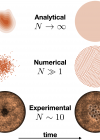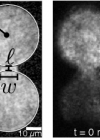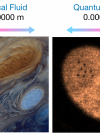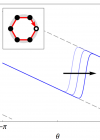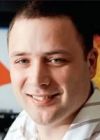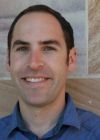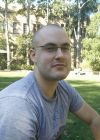Abstract: The future of technology lies in controlling the quantum world. The ARC Centre of Excellence for Engineered Quantum Systems (EQuS) will deliver the building blocks of future quantum technologies and, critically, ensure Australian primacy in this endeavour. Three strategic research programs will target Quantum Measurement and Control; Synthetic Quantum Systems and Simulation; and Quantum-Enabled Sensors and Metrology. Within these programs, our Centre will exploit the deepest principles and resources of quantum physics to solve specific problems in engineering, chemistry, biology and medicine, stimulating the Australian scientific and engineering communities to exploit (and benefit from) transformative quantum devices.

UQ Ultracold atom optics/many-body physics
